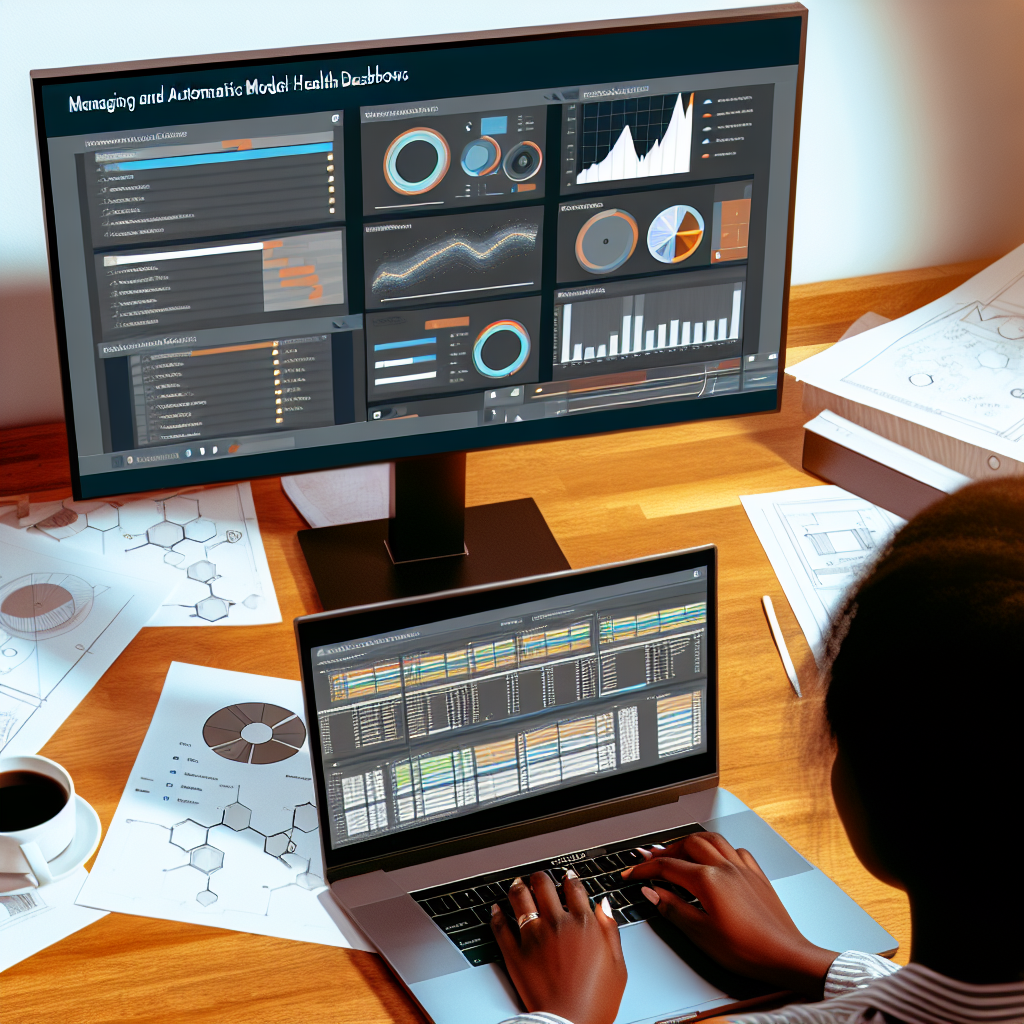Managing and automating Revit model health dashboards is essential for ensuring project accuracy, model consistency, and efficient collaboration across teams. By leveraging automation tools, firms can proactively monitor model issues, reduce manual efforts, and maintain high standards throughout the project lifecycle. This article explores effective strategies to manage and automate Revit model health dashboards for optimal results.
Understanding the Importance of Revit Model Health Dashboards
Revit model health dashboards serve as comprehensive tools that visualize the status of your BIM models. They track critical parameters such as model completeness, error detection, clash instances, and model consistency. Maintaining a healthy model is vital for minimizing errors during construction, avoiding rework, and ensuring seamless collaboration across disciplines.
Traditional methods of monitoring model issues often involve manual checks and periodic reviews, which can be time-consuming and prone to oversight. Automation transforms this process by providing real-time data, actionable insights, and continuous monitoring, empowering teams to address issues proactively rather than reactively. The integration of automated dashboards leads to improved project outcomes, reduced costs, and enhanced productivity.
Strategies for Managing and Automating Revit Model Health Dashboards
1. Leveraging Built-in Revit Tools and Plugins
Revit offers several built-in tools such as Revit DB Link, IFC-based tools, and third-party plugins designed for model health analysis. These tools allow users to extract data automatically and generate dashboards that display real-time metrics. For instance, plugins like BIM 360 Design or Navisworks Manage facilitate clash detection and model coordination, providing instant health status updates.
2. Implementing Custom Automation Scripts and Workflows
Automating dashboard updates requires custom scripts using platforms like Dynamo or Revit API. These scripts can be scheduled to run at defined intervals, scanning the model for issues such as orphan elements, failed imports, or non-compliant elements. The output can then be integrated into a centralized dashboard system, ensuring continuous oversight without manual effort.
For example, a Dynamo script can gather data about element inconsistencies and push the results into a cloud-based database or an Excel report. This pipeline allows project managers to receive alerts and view model health snapshots at any time, streamlining decision-making processes.
3. Visualizing Data and Creating User-Friendly Dashboards
The effectiveness of automation depends heavily on how data is presented. Utilize visualization tools like Power BI or Tableau to create intuitive dashboards that display key health indicators with clear visual cues—such as color-coded statuses or trending graphs. These dashboards should be customizable, allowing users to filter data by project phase, discipline, or error type, making it easier to prioritize actions.
4. Establishing Protocols for Continuous Improvement
Automation is not a one-time setup but an ongoing process. Regularly review dashboard metrics, update scripts to accommodate project changes, and incorporate user feedback to enhance usability. Establish clear protocols for addressing issues identified by dashboards, ensuring that the automation system supports a culture of continuous quality improvement.
Conclusion
Managing and automating Revit model health dashboards significantly enhances project efficiency, accuracy, and collaboration. By leveraging built-in tools, custom automation workflows, and effective data visualization, firms can proactively monitor model health and address issues swiftly. Implementing these strategies ensures healthier models, reduces rework costs, and ultimately leads to successful project delivery. Embrace automation today to unlock the full potential of your BIM workflows.
